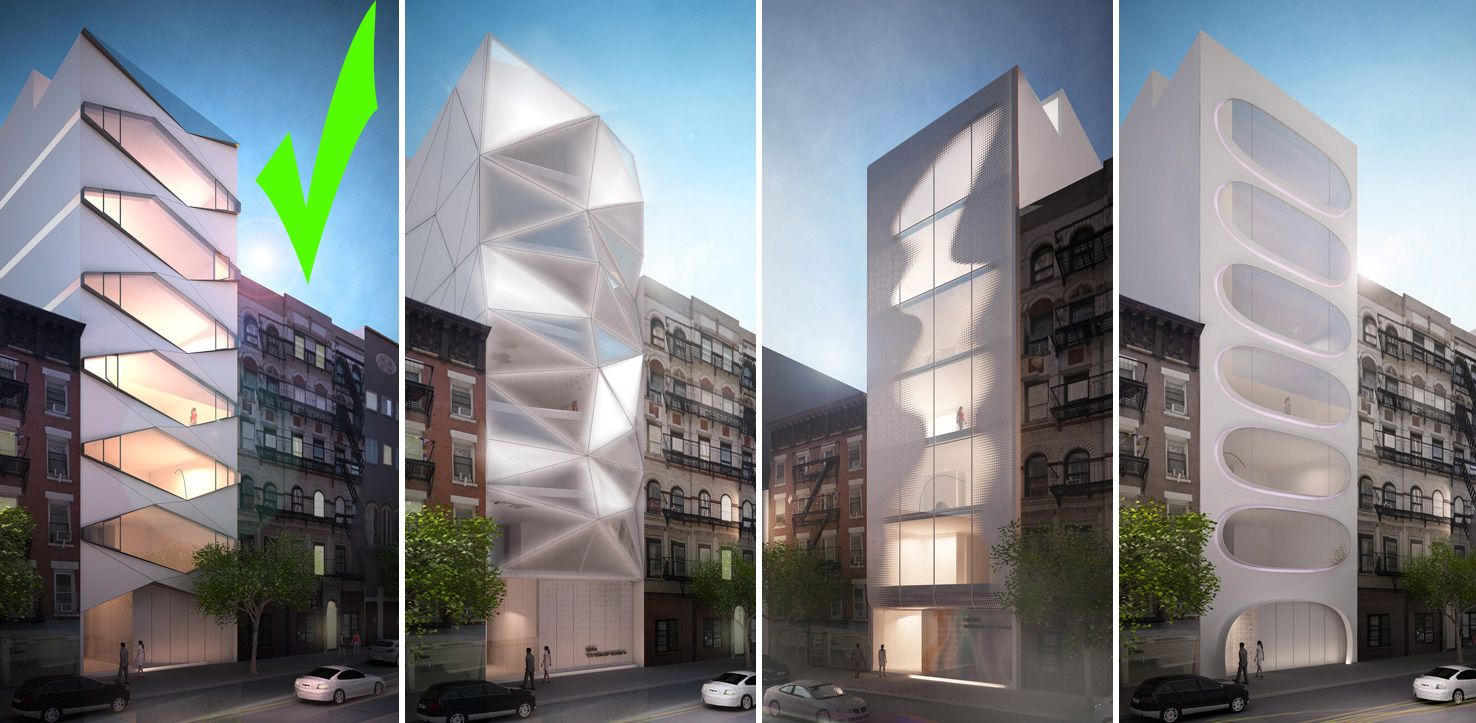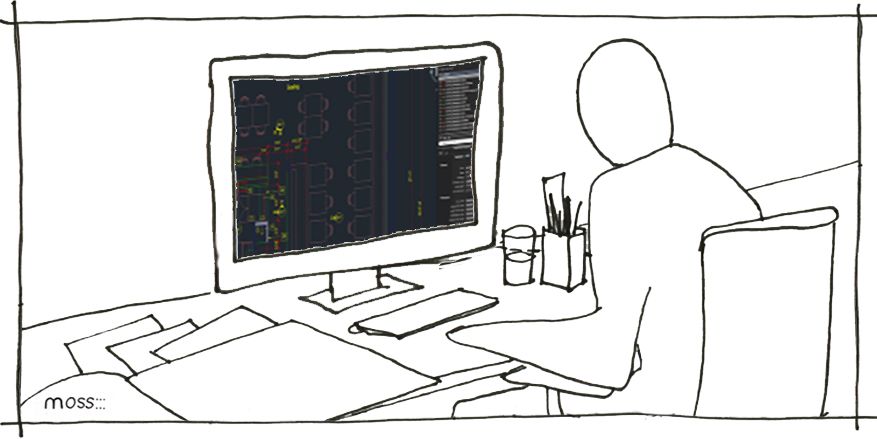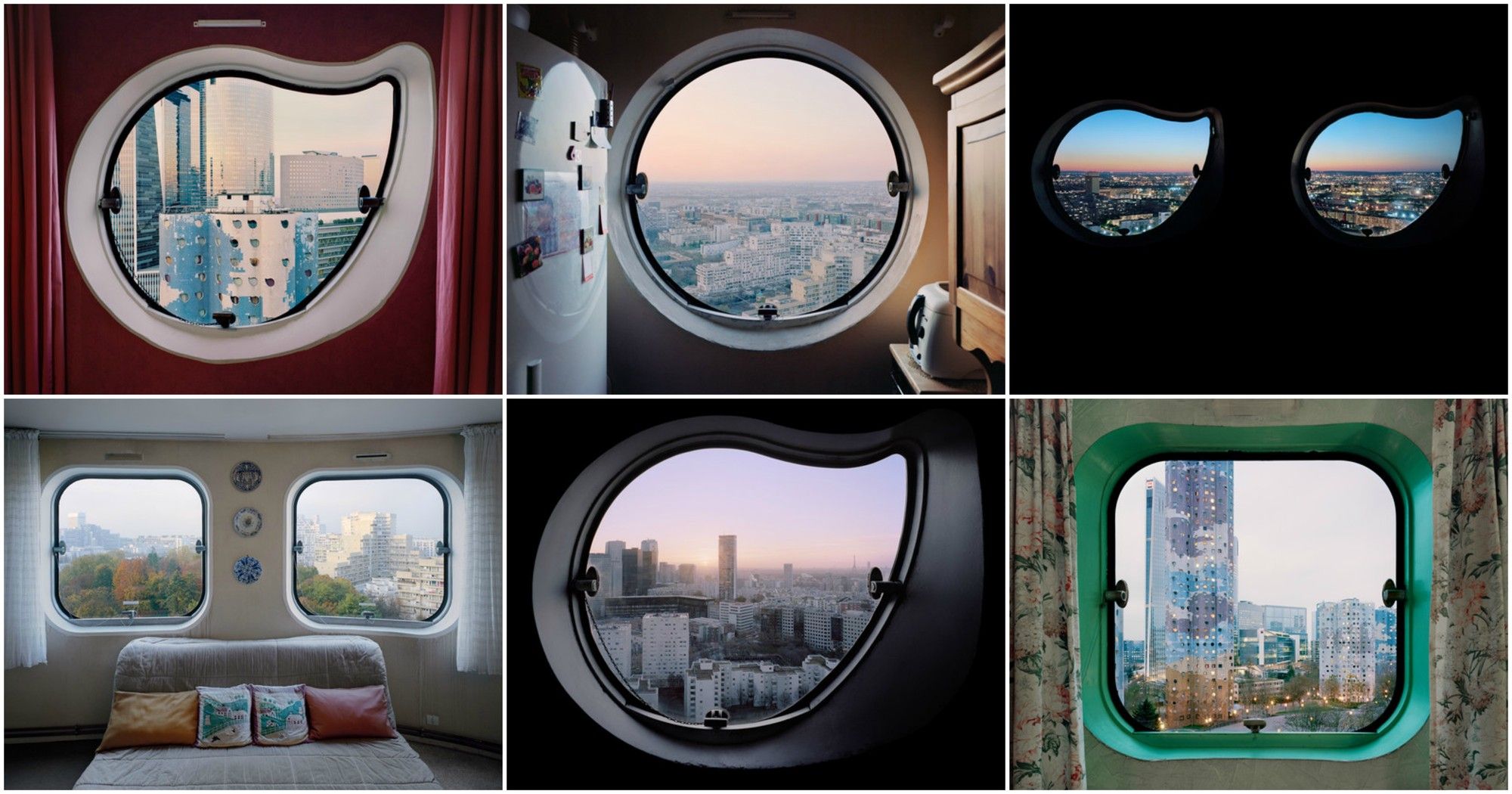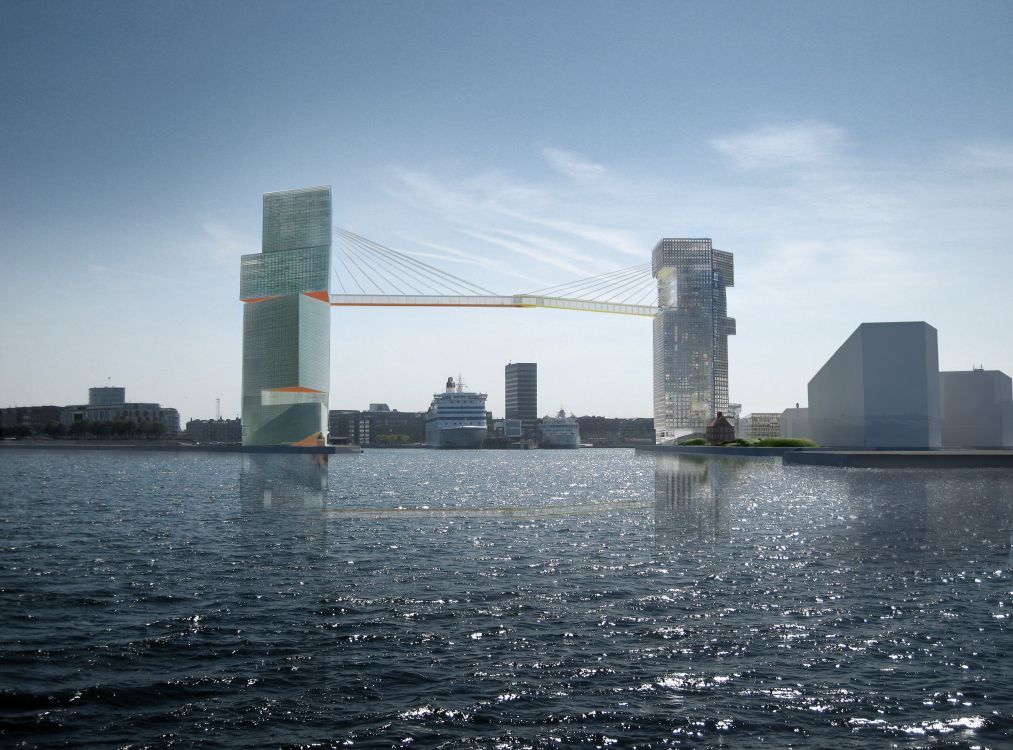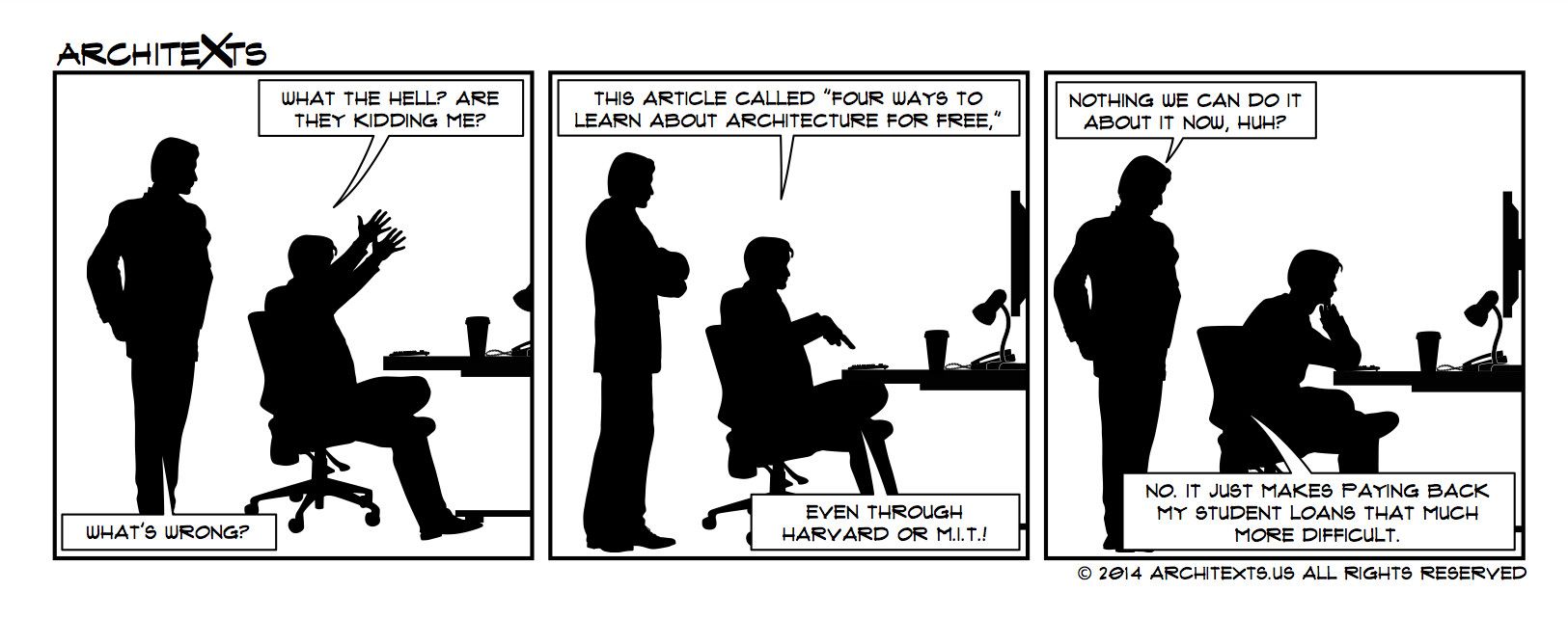I have a vivid memory of every time I went into the college library- a burning desire to reach into the glossy pages of architecture books and capture the essence of every extraordinary building ever created, to understand the building, to understand its life and its mastermind – the architect. There are some architects who seem to have it all figured out. What they have been doing differently, one may ask- was it their education, their experience, or were they simply naturally predisposed towards a creative bent of mind, a talented eye?
The glossy pictures, the striking imagery inspires and suffocates at once because one is at a loss to understand how it is that these people, who are just like you and me, are creating these designs, ideas, and buildings that are like no other. While studying these buildings one can only understand their working, it is the working of the architect that I intend to understand. There is a line by a Japanese author Kaneko Ikeda that struck a chord with me, and thereon has always stayed with me, “More important than winning is to not be defeated.” In this quest of not being defeated, I have discovered a ton of things architects should know, including 7 steps to fail as an architect.
list of Things Will Make You Fail As An Architect
1. I’ve learned enough
The biggest enemy of the architect is stagnation stemming from the belief that one knows all there is to be known. Producing few good works and then recreating from the same set of ideas and notions over and over again will in time lull you into a false sense of security and ultimately, stagnation. What is required is a continuous pursuit of learning from books, articles, buildings, exhibitions, workshops, podcasts, online courses, and mentors. Reinvention, reassessment, and regeneration of oneself are imperative to not failing, while also learning from where others may have failed. Frank Lloyd Wright said in 1948, “When anyone becomes an authority, that is the end of him as far as development is concerned.”
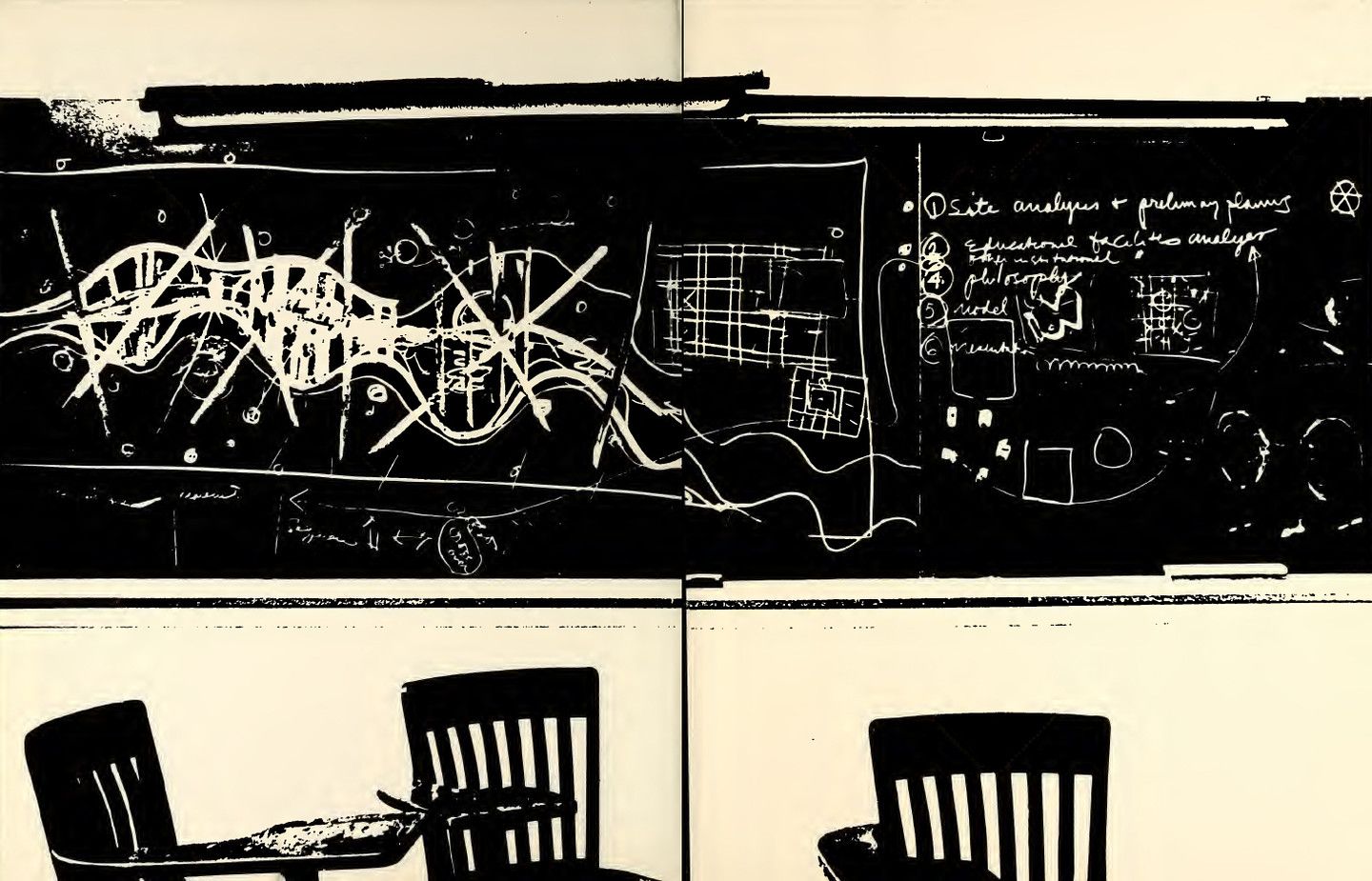
Drawing from the cover of New Schools for New Towns, ed. William Cannady, School of Architecture, Rice University and Educational Facilities Laboratories
2. Design first, context later
Take a look at this latest design by Karim Rashid. Lack of context much? The architect asked his followers on Facebook to vote for one of four facades, of which this is one. Needless to say that all four look like an out-of-place box sandwiched between two conventional-style buildings. While I for one love Karim Rashid’s audacity, this was taking it too far.
This brings us to the point that while renders and drawings may look stunning isolated from their contexts, their true effect will only show forth when placed in reality. Ignoring these will only lead you to fail your buildings, and you will fail as an architect.
3. Fear of the unknown
Are you afraid of the unknown; of how you will solve the problem that is arising in your design? Will you be able to transform your ideas on paper? Will the design work out in the manner you have imagined? Well, you shall never know till you actually do it! The process of drafting and re-drafting and re-drafting is what brings out the complexities and possibilities of any design. Holding the thoughts in your head, debating with different ideas will only lead you to a week later and an untouched CAD file with a meeting looming ahead! You will never know the final result in your thoughts till you have given it your 100% in time and effort.
4. They know nothing
Everyone is entitled to an opinion, and it is not always that your work will be appreciated by your employer and colleagues in the first go. Feeling frustrated and angry because well, they know nothing? – If this isn’t an isolated incident and is in fact a regular occurrence, it might very well be because of stubbornness and a bruised ego. While your attitude and professional credibility deteriorate, your peers will have moved ahead of you. Right from the beginning of architectural education, reviews and redesigning over and over again are an integral part, and are ultimately what creates a well-framed proposal. So the smart thing to do would be to understand each point of view and you never know you might just become a better designer!
5. Design for the sake of design
Have you seen some buildings that simply seem as if they are more for the sake of proving a design rather than for use by human beings? The institution of architecture allows you to be creative, to test the extent of your ideas in reality. But let’s take a step back from this and look at the basic purpose of architecture and everything defined by it. Taking from the purpose of the Pritzker Prize, “to honor a living architect or architects whose built work demonstrates a combination of those qualities of talent, vision, and commitment, which has produced consistent and significant contributions to humanity and the built environment through the art of architecture,” the word ‘humanity’ stands out. Architecture is by the humans for use by humans and if you lose sight of this basic prerogative you can’t go far.
Take a look at this infamous housing project that was built in Paris post-war due to a shortage of housing. The Aillaud Towers, Nanterre Paris has been talked about by art critic Robert Hughes as “Without respect for the body as it is, social memory as it stands, there is no such thing as a workable or humane architecture. And that’s why a place like this – La Defence outside Paris, is experienced by everybody, including those who live in it, as a piece of social scar tissue, gimmicky, condescending Alphaville modernism. Stick ‘em in concrete boxes and give them some concrete to play on, and then paint it all bright colors because that’s what the kiddies like, and if the kiddies don’t like it, they can write to the minister!”
6. Where is my drive?
You’re not feeling driven and that is alright, you can’t always feel energetic and up and about. But this isn’t about you. If your work lacks a certain quality of being driven, of passion, energy, and freshness it is time to get up, take a hard look at yourself. If the only thing that is getting you going most of the time is the ticking away of the clock and not the vision of the project and what you might make of it, it is time to assess what you are doing and restart. Architect Steven Holl has been quoted as saying, “Back in the early 20th century, architecture in America was more ambitious. That’s how we got such great things like the Empire State Building and the Chrysler Building and the George Washington Bridge. We got some great things built.” Describing Manhattan, he feels that most of what is getting built today is “rent collecting space” and “garbage.”
7. I just want to be an architect
I just want to be an architect, to create unique design proposals- this is a laudable sentiment as long as it is rooted in reality. Starry-eyed, fresh-out-of-college architecture graduates, join the practice force with idealist expectations. It is in no way their folly, but the folly of the architecture education that has failed to introduce the reality of the industry. The education circles around thought-focussed architectural experiments, completely turning away from the fact that there will be more to it all once we step out of college.
The architect will need to be an entrepreneur, someone who can think on his feet, and a business person. Clients’ expectations will most often not clash with your vision. It is here that the skills of the entrepreneur and the business person will take lead, to retain as much of the vision as possible and to do justice to being hired as an ‘architect’, while also earning an income. Architect Gurjit Singh Matharoo who was conferred with RIBA’s Lifetime International Fellowship in 2012, advises, “It will be in these first ten years that you will either hold on to your ideas or you will let go of them. The architect must learn to hold his own and not give away or otherwise it will be the case of the patient dictating to the doctor what medicines he will take and how his treatment should go.”
So far and long as you can continue waging a battle in spite of every time you fail, learning from every failing, you will not be defeated and ultimately you shall win.
By: Sahiba Gulati


